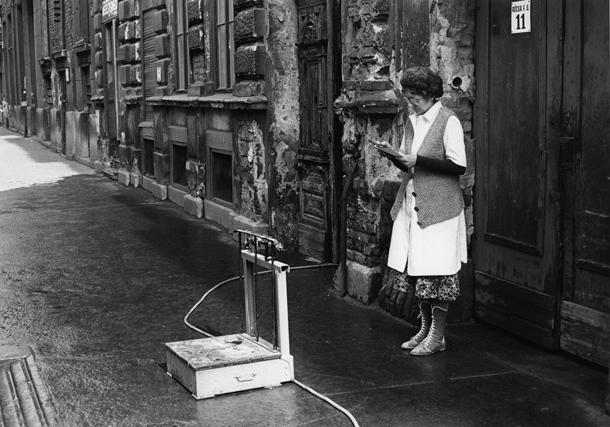 |
| Early picture of Lukács baths (can't find picture of the 1980s) |
I am writing this on the 31st, the day the heat is expected to peak at about 37c. It has been increasing day by day so far. It is intolerably hot in the sun. To give an idea of the heat the shower here is set at 40c which is too high for Clarissa, so she turns it down.
The 29th was our last day with Stephanie and we had talked of taking the cog-wheeled railway to the top of the hill, changing to the Pioneer Railway (staffed by children), then taking the chairlift back down, but by the time we were ready to do any of this it was rather late and the temperature was moving well into the thirties, so Clarissa and Stephanie went to the Lukács baths instead which is a bus and tram ride away.
Budapest is a spa city full of thermal baths: it has a baths culture. The Romans enjoyed the waters, naming the location Aquincum, and later the Turks built a number of baths of various sizes, some of which are still open. Each has its characteristic qualities and clientele. They have various pools, some indoor, some outdoor. The big popular ones are the Gellért and the Széchenyi in Városliget (City Park). The Széchenyi has 18 pools, 15 of them thermal so you can see the water steaming through the autumn trees from some way away. I nearly drowned there at the age of five or six, rushing into the deep end after a boy had stolen our beach ball. The Gellért has a wave machine and an elegant terrace, the whole essentially a grand spa hotel.
The Lukács is less well known to visitors but has a fascinating history, associated with the writers, artists, and other professions who would go there on various days at various times of day. It is not just a baths but a sanatorium. We went there in 1985 or 86, with my late cousin, Pista, who was the same age as my father and a loyal communist. Bathing caps were obligatory in the main pool and still are in the three outside ones. There are three indoor thermal pools where they are not required. I remember the old women of the eighties, fully made up, swimming up and down the big outside pool, talking quietly to each other as they went. Such private conversations were possible in a world where there were few other places for it. Of course it was a bit shabby then, but there were plaques on the wall offering thanks to God (Lukács is St Luke by any other name) for cures effected in the 19th and early 20th centuries.
I don't go to pools: I am not really a swimmer, but Clarissa is and so is Steph. I take the following account directly from Clarissa.
C and S queued for cabin tickets and were given small bracelets that should have activated the cabin lock but failed to do so, so they called an attendant who allocated another cabin to them. There were relatively few customers there. They headed to the oblong thermal bath first. One white-haired old man with a completely immobile face sat on a submerged ledge. Another man came over and told them in English that bathing caps were not necessary in this pool. Guess where I am from, he asked. Clarissa guessed the Middle East. He was in fact an Alexandrian chemical engineer who hated London but had spent four happy years in Budapest, but for the corruption and the right wing politics.
They went on to another thermal, a domed Turkish pool, water at 40c, where everyone was very quiet, massaging each other, embracing. The heat and heaviness of the water left C and S a little woozy and they moved on to a noisier 'Greek' thermal with younger people including a child who was not supposed to be admitted to the water.
To swim properly they needed to go the outside pool - all older people there, some sleeping on loungers - which felt a good deal colder. Clarissa got talking to a woman whose daughter was an art historian in England studying medieval castles and fortresses. It is raining in England, she said. Climate change must be tackled, she added.
Steph returned so they went back to the 40c pool to warm up again.
You can't try smiling at people here, says Clarissa. There is no response. They are absorbed in their own thoughts and don't want to know. They are less curious than they used to be. The baths themselves have smartened up following a great renovation. The swimming pool is all smart blue and white tiles. The cabins are more modern and more private. All the women used to change in one changing room and had no sense of embarrassment at being naked.
I met C and S at the Mammut shopping mall where I bought hay-fever pills (I was suffering quite badly) and more paper hankies and we had a bite to eat. No Hungarian eateries left there now - it's all global brands, like KFC.
In the evening L and G drove us out to Náncsi Néni's restaurant where we first went with another dear friend, the editor and writer, Miklós Vajda in the 80s. It's a little out of town on the Buda side and was Steph's goodbye meal. We ate outside in the garden, loud with crickets and the fizz of birthday cake fireworks. We didn't have a late night as the airport shuttle was calling for Steph at 4am.










